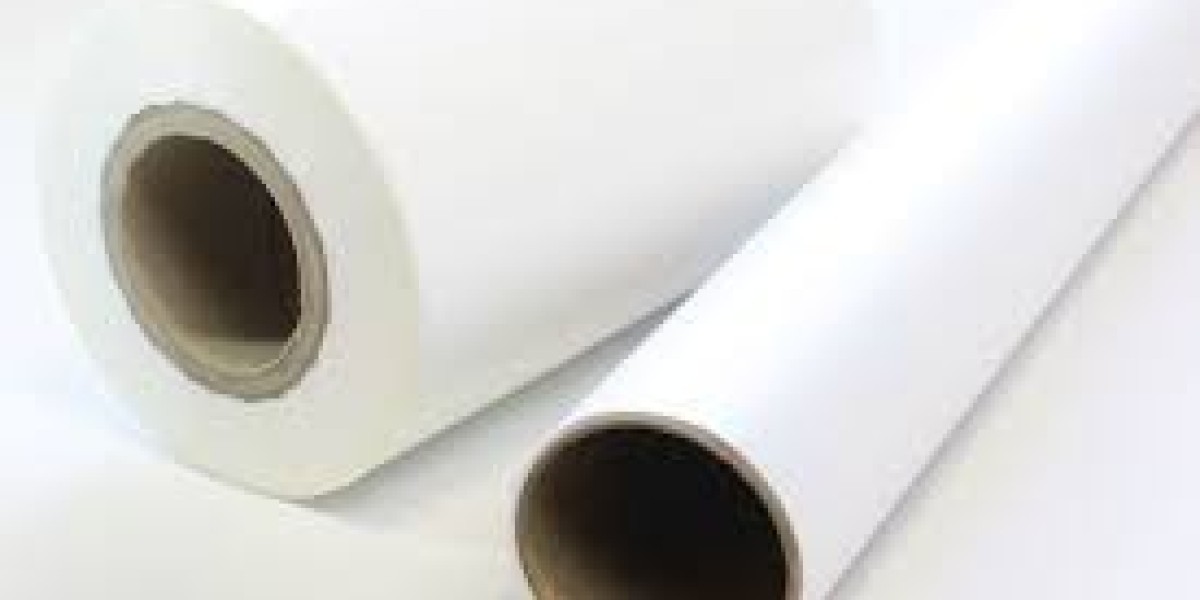Polyvinylidene Fluoride (PVDF) is a high-performance thermoplastic known for its exceptional chemical resistance, mechanical strength, and thermal stability, finding diverse applications across industries. This blog delves into the dynamics of the global PVDF market, analyzing key drivers, applications, emerging trends, and future growth prospects.
Understanding the PVDF Market:
Polyvinylidene Fluoride (PVDF) Is a fluoropolymer derived from vinylidene fluoride monomers. Its outstanding properties include resistance to chemicals, UV radiation, high temperatures, and flame retardancy, making it suitable for demanding applications in aerospace, construction, electronics, chemical processing, and renewable energy sectors.
Market Dynamics:
Aerospace and Defense: PVDF is utilized in aerospace applications such as aircraft components, fuel lines, membranes, and coatings due to its lightweight nature, corrosion resistance, and ability to withstand harsh environments.
Building and Construction: In the construction industry, PVDF coatings are applied to architectural surfaces, roofing materials, and façade panels for weather resistance, color retention, and durability against UV radiation and pollutants.
Electronics and Semiconductor: PVDF films and components are used in electronics for capacitors, sensors, piezoelectric devices, lithium-ion batteries, and photovoltaic films, leveraging its dielectric properties and thermal stability.
Chemical Processing: PVDF pipes, fittings, and linings are employed in chemical processing plants for their resistance to acids, alkalis, solvents, and high temperatures, ensuring reliability and longevity in corrosive environments.
Applications Across Industries:
- Aerospace: Aircraft components, fuel lines, coatings.
- Construction: Coatings, roofing materials, façade panels.
- Electronics: Films, capacitors, sensors, lithium-ion batteries.
- Chemical Processing: Pipes, fittings, linings for corrosive environments.
Market Trends:
Growing Demand for Specialty PVDF Grades: Increasing demand for PVDF grades with enhanced properties such as high purity, low extractables, conductivity, or specific color options to meet diverse industry requirements in electronics, healthcare, and specialty applications.
Focus on Sustainable Coatings: Adoption of PVDF coatings in architectural, automotive, and industrial applications due to their durability, weather resistance, and low maintenance requirements, aligning with sustainability goals and regulatory standards.
Advancements in PVDF Processing: Innovations in PVDF compounding, extrusion, and molding techniques to improve processing efficiency, reduce costs, and expand application possibilities in emerging sectors such as renewable energy and medical devices.
Future Prospects:
The global PVDF market is poised for substantial growth driven by technological advancements, increasing adoption across industries, and sustainability considerations. Investments in R&D, material innovations, and application diversification will play a key role in shaping the market's evolution and competitiveness.
Conclusion:
Polyvinylidene Fluoride (PVDF) stands as a versatile and high-performance material with critical applications across aerospace, construction, electronics, and chemical industries. Understanding market trends, technological innovations, and sustainability imperatives is vital for stakeholders in the PVDF market to harness growth opportunities effectively. With a focus on specialty grades, sustainable coatings, and process enhancements, the PVDF market presents promising avenues for continued innovation and market expansion in the global polymer industry landscape.








